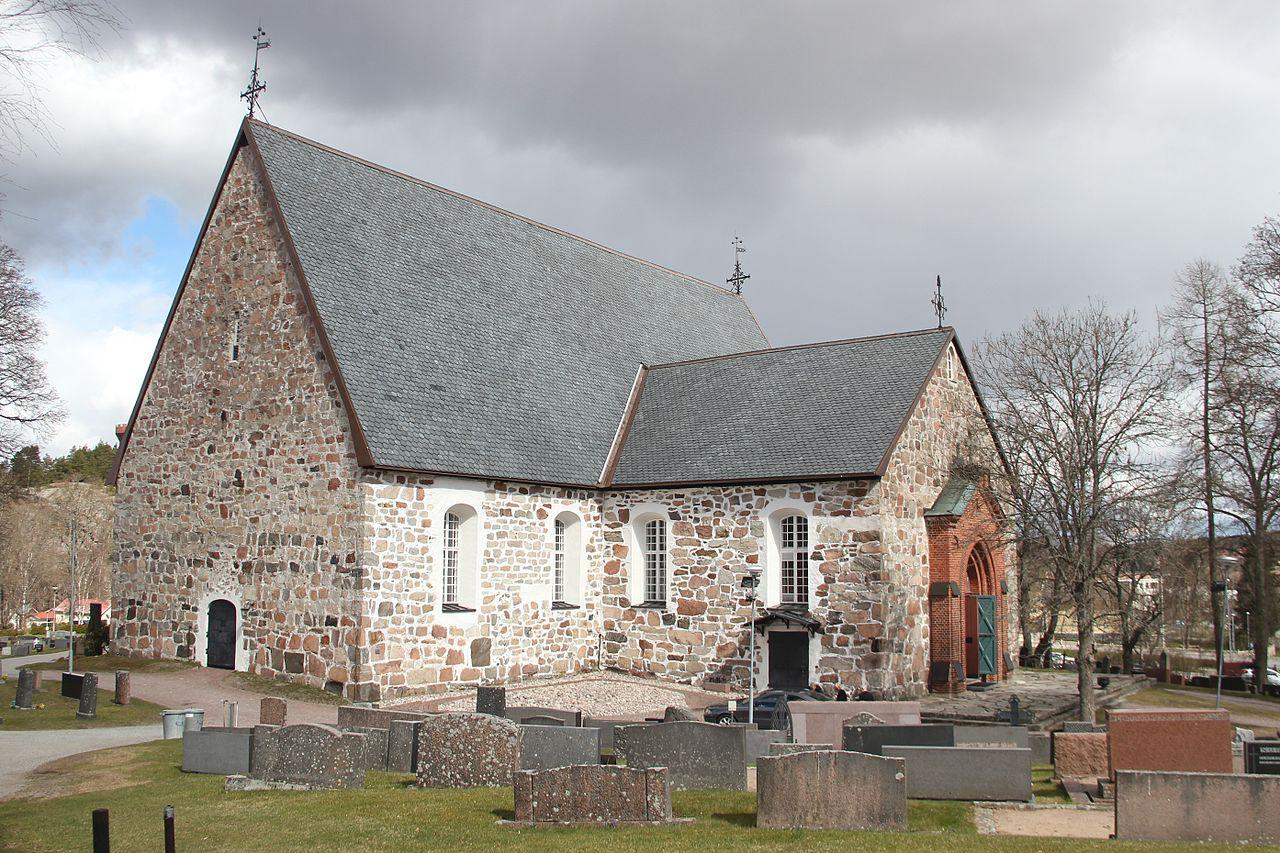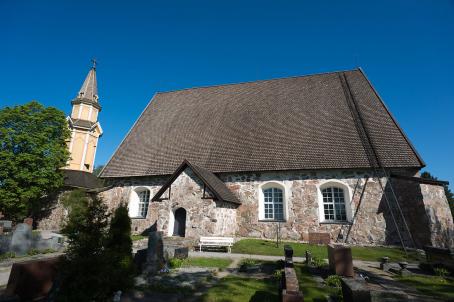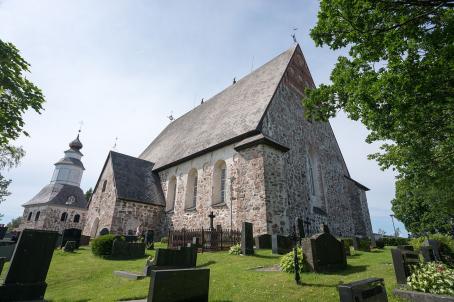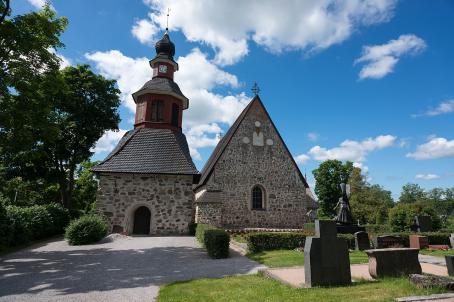Halikko Church
The church of Halikko was first mentioned in 1352, at a time when it was probably a wooden church. The present stone structure was probably built between 1460 and 1475. Following the Reformation, the walls of the Halikko church, covered with medieval paintings, were whitewashed. At the turn of the 18th century, the church was already in poor condition and cramped. It was therefore enlarged in 1799, and then more significantly between 1813 and 1815. The medieval stone church was transformed into a neoclassical church of the 19th century. In the middle of the 19th century, the paintings were restored by the painter Fredrik Ellmen.






